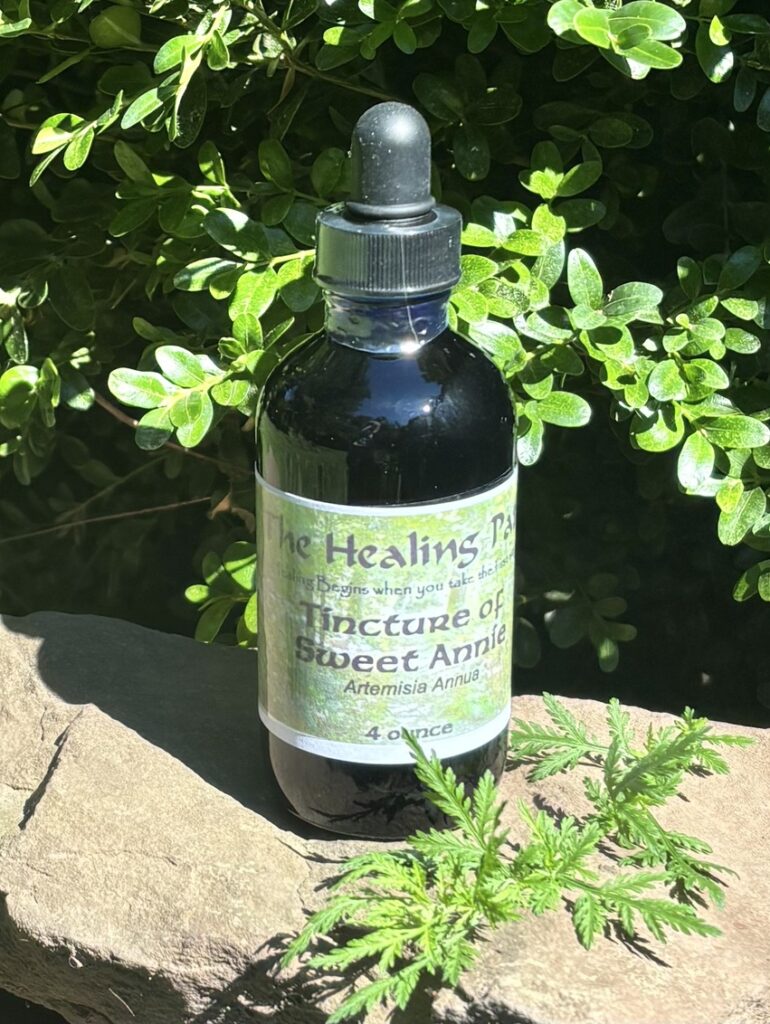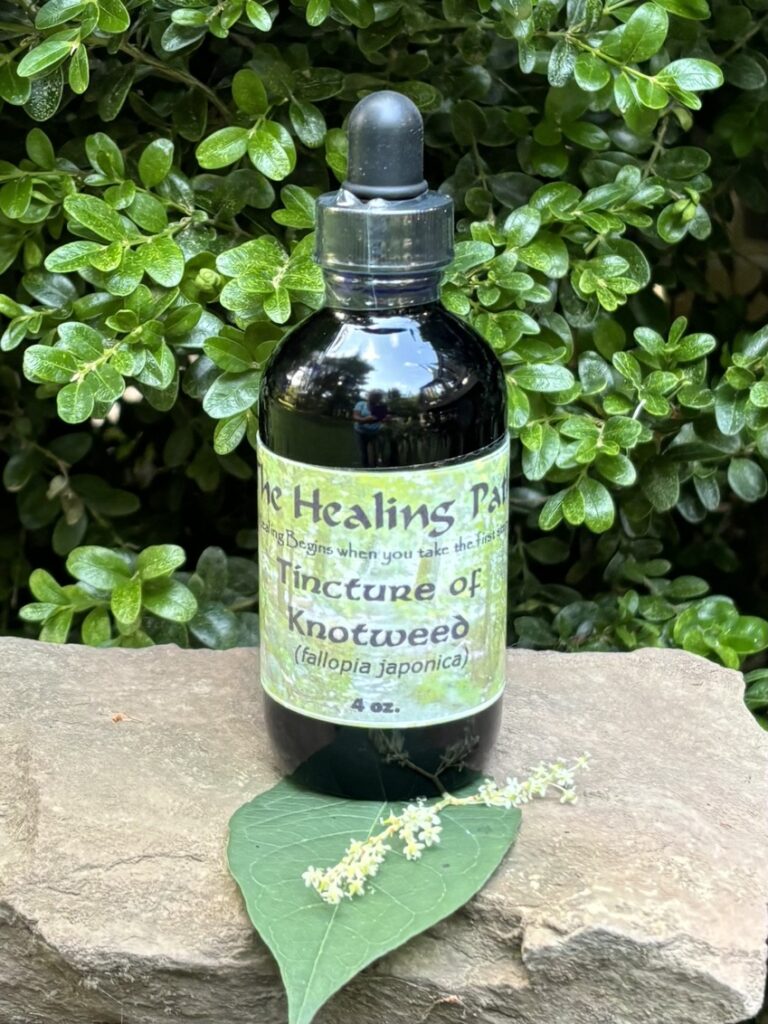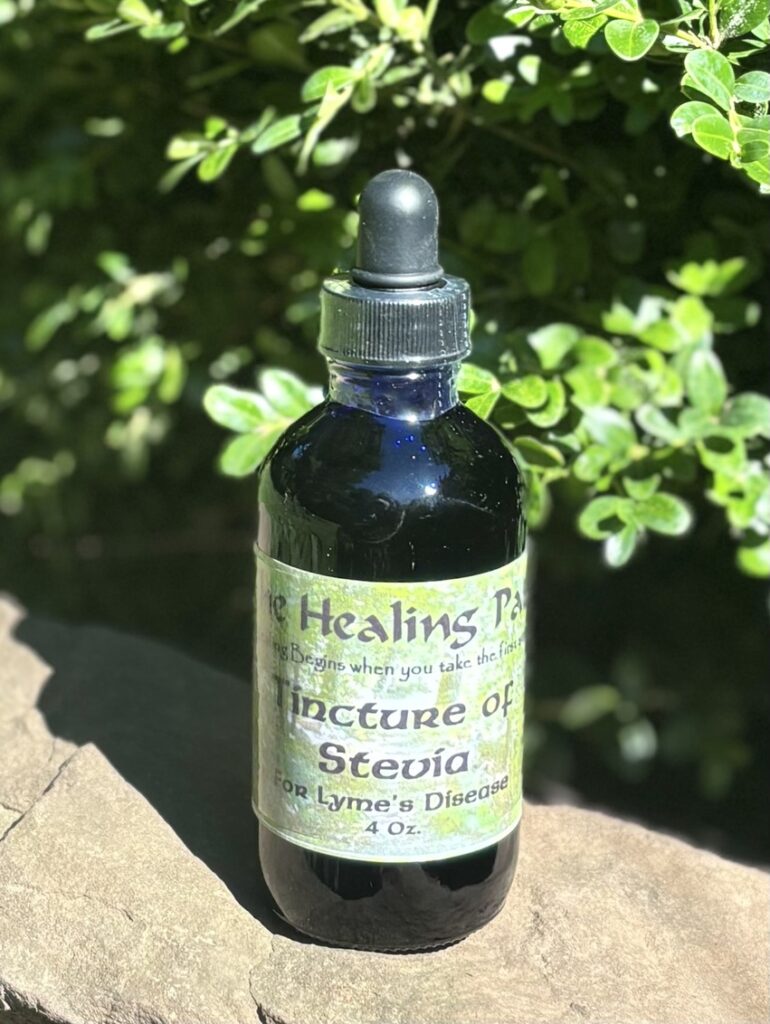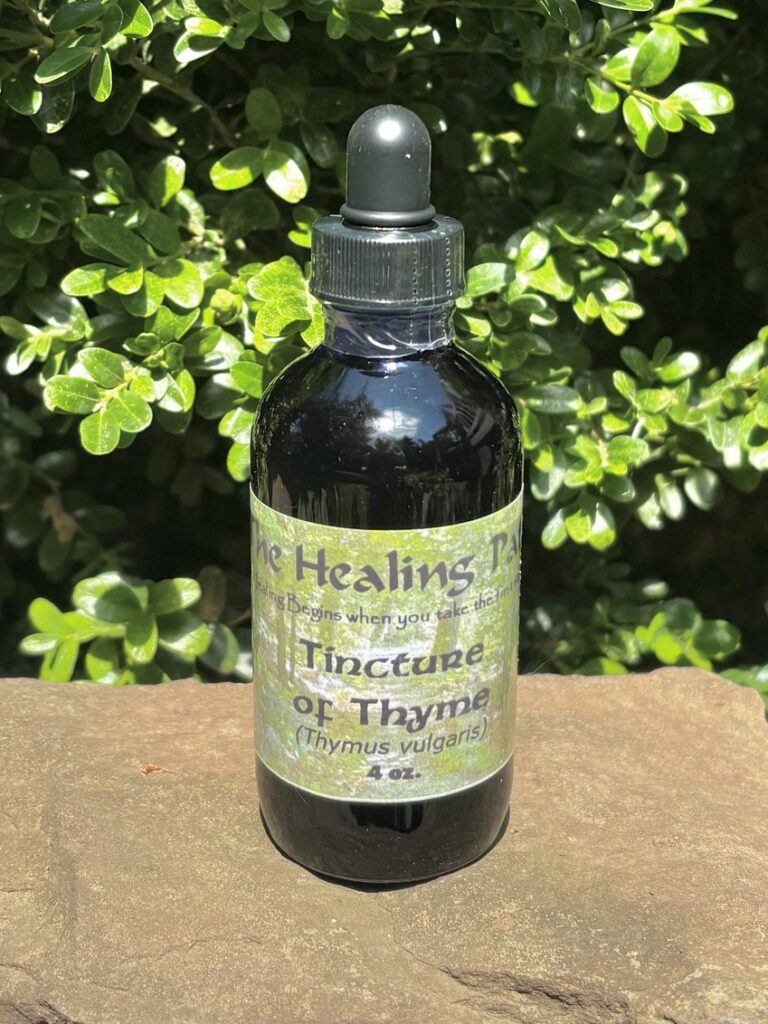Lyme Disease

Lyme disease (Lyme borreliosis) is a bacterial infection spread by ticks. In various parts of the United States, different kinds of ticks carry the bacteria that can cause Lyme disease. Deer ticks spread Lyme disease in the northeastern and upper Midwestern United States. Western black-legged ticks spread the disease on the Pacific coast (mostly Northern California and Oregon). The ticks that spread Lyme disease are very small (about the size of a poppy seed or sesame seed), and their bite is usually painless. However, I have found that the aftermath of the bite is extremely itchy.
Lyme disease develops in three stages. If a person is bitten by a tick carrying Lyme disease bacteria, a rash often (but not always) develops at the site of the tick bite within 1 to 31 days. The rash (which may look like a bull’s-eye) slowly expands and may become very large. Flu-like symptoms may also occur.
This early stage of the disease is called Early Localized Lyme disease. If Lyme disease is not detected and treated properly during the early localized stage, the infection may progress to the second or third stages of Lyme disease that may involve the skin, joints, nervous system, and heart.
The second stage of Lyme disease, called Early Disseminated Lyme disease, may develop several weeks or months after a person becomes infected. It can cause problems with the skin, joints and some early nervous system complications.
The last stage of the disease, called Late Persistent Lyme disease, is often the most serious and may develop weeks, months, or, even years after the initial infection. It can cause joint and heart problems and/or late nervous system complications.
How do you Diagnose Lyme?
Lyme disease may be difficult to diagnose because its symptoms are similar to those of many other illnesses. The early, often vague flu-like symptoms can easily be mistaken for another illness, especially when the typical rash of Lyme disease does not occur with them. Later symptoms of untreated Lyme disease, such as joint problems, weakness or numbness in the arms or legs, severe fatigue, or difficulties with memory and thinking, may resemble other forms such as arthritis, fibromyalgia, chronic fatigue syndrome, multiple sclerosis, and other conditions.
Lyme disease has been traditionally treated with antibiotics. A recent study found that if a single dose of the antibiotic doxycycline is given within 72 hours after being bitten by an infected tick, the chances of developing Lyme disease can be reduced by as much as 87%. Unfortunately because the bite is painless, it is seldom cought this early.
Lyme Vaccine?
A Lyme disease vaccination called LYMErix (SmithKline Beecham) was available for people in high-risk areas. The key ingredient in LYMErix was a genetically engineered protein from the surface of the bacteria B. Burgdorferi that helps stimulate an immune response against the bacteria. The protein, called OspA, stimulates antibodies that disable B. burgdorferi bacteria’s ability to infect people. However, OspA triggers autoimmune responses (some life threatening) and arthritis in some individuals. Consequently, LYMErix was removed from the market in 2002. Since it was considered an optional vaccine, it was not covered by the National Vaccine Injury Compensation Program.
What Makes Lyme disease so Difficult to Treat?
One of the main elements that makes Lyme disease so difficult to treat is its ability to hide from the immune system. Once the Borrelia burgdorferi is in the body, it starts to change its form by altering the proteins on its outer cell wall, effectively hiding itself from the immune system. With the ability to change its outer-cell-wall proteins, the Lyme bacteria becomes hidden from the immune system.
Borrelia Burgdorferi is capable of transforming into a cyst when it feels its life is threatened. While in cyst form, Borrelia obtains immunity from antibiotics, its host’s immune system, and temperature and PH variations. It can also lower its metabolic rate while in cyst form in order to ward off starvation. When conditions within its host become more favorable, it will transform back into its spirochetal form (a corkscrew shaped). A spirochete can also have the added protection of a biofilm if it morphs into a cyst while inside a biofilm.
How I Treat Lyme Disease with Herbs
I use several herbs in rotating fashion to treat lyme disease. Rotating the herbs in three month intervals keeps the spirochetes from becoming immune to the treatment. After you have taken your herbs for one month, you can stop your dosing for a period of 36-48 hours. This will lure the spirochetes out of their cyst state, and leave them unprotected when you continue dosing with the herbs.
You don’t have to take a 36-48 hour break, but I find it reduces the Borrelia Burgdorferi numbers substantially faster this way.
If you live in an area prone to deer ticks, I highly recommend replacing all sugar use with Stevia. Stevia is not an artificial sweetener; it is an herb with strong anthelmintic (anti-parasitic) properties.
Liquid stevia, such as Sweet Leaf, or Kal brands are preferred, but even the powdered brands, such as Stevia in the Raw have been found to be helpful as a preventative.
These are the herbs I use:
I highly recommend that you start your protocol with the Tincture of Sweet Annie
Tincture of Sweet Annie: (artemisia annua) to be taken for Lyme’s Disease, parasites and cleansing the lymphatic system.
Tincture of Knotweed: (fallopia japonica) The Healing Path Knotweed tincture is to be taken for Lyme’s Disease, as an anti-microbial/parasitic, to protect liver and heart function and improve blood pressure.
Tincture of Stevia: (stevia rebaudiana) The Healing Path Stevia tincture is to be taken for Lyme’s Disease, as an anti-microbial/parasitic, to protect liver and improve blood pressure.
Tincture of Thyme: The Healing Path Tincture of Thyme is to be taken for Lyme’s Disease, as an anti-microbial/parasitic, to protect liver and improve blood pressure.




